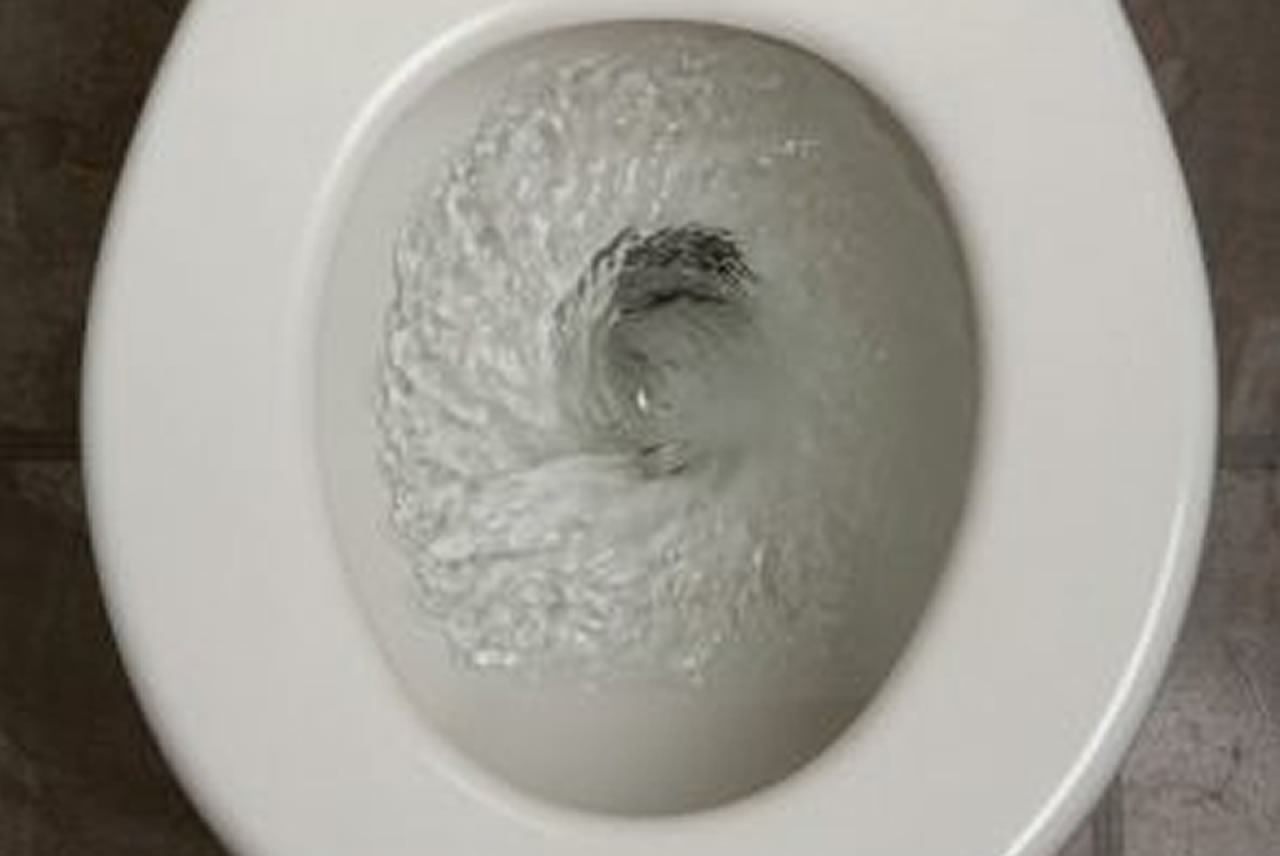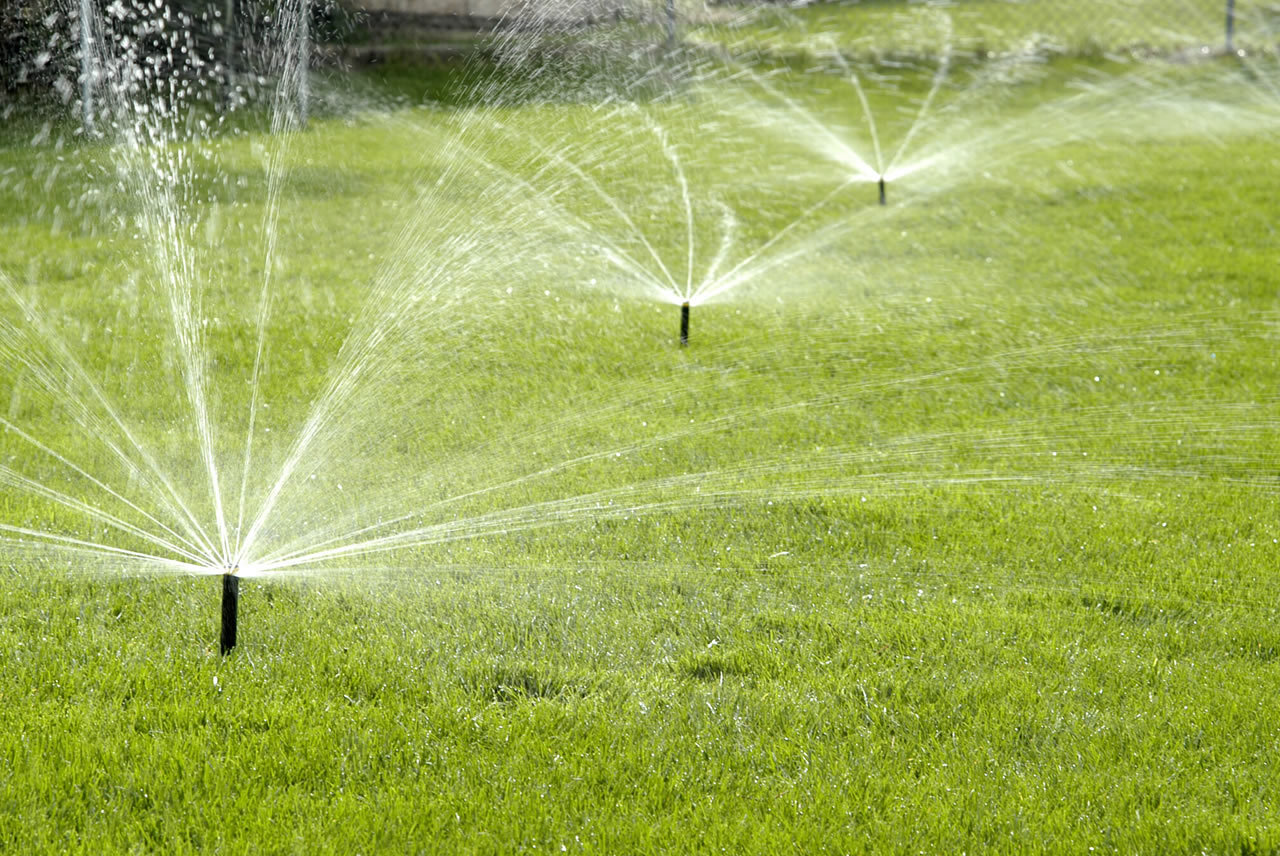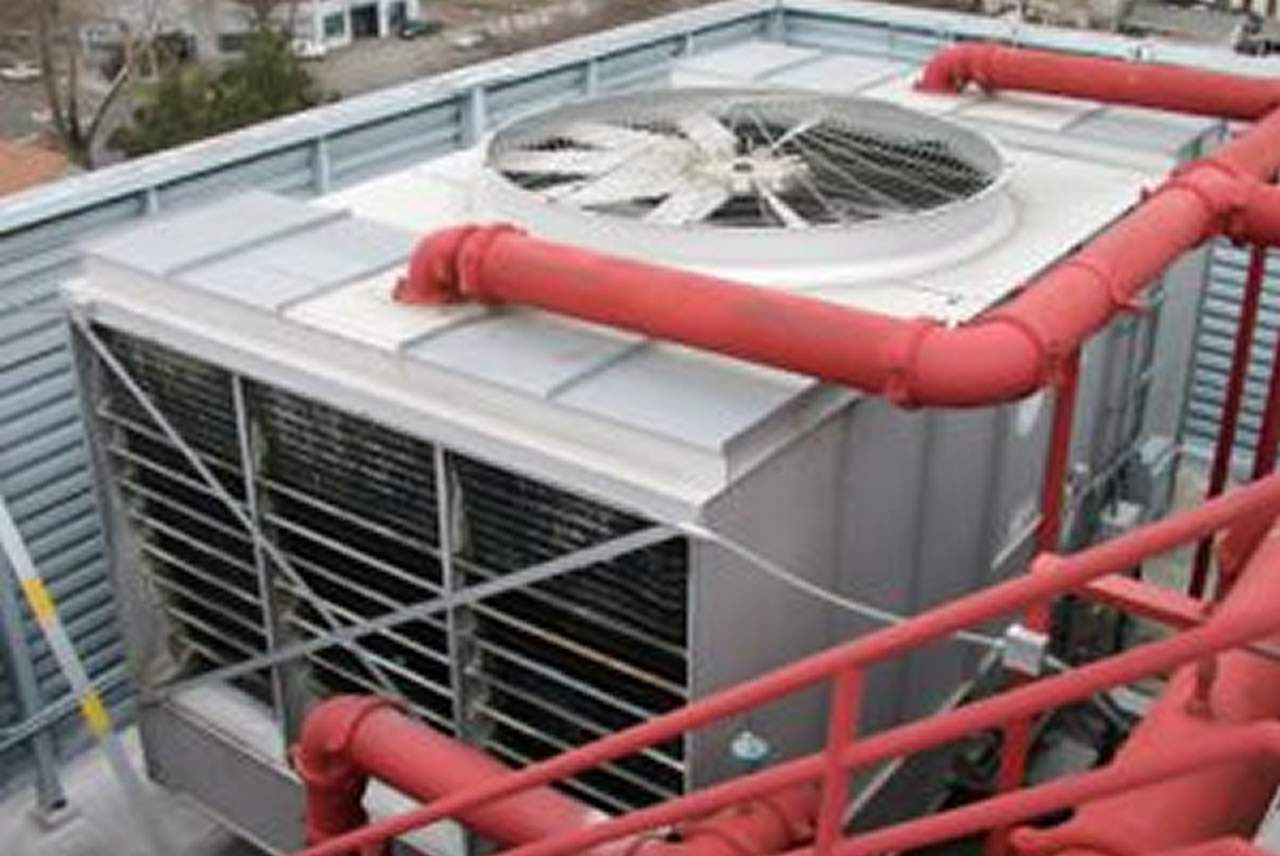Applications For Harvested Water
Harvested Water Applications
Harvested water that has been properly filtered and stored can be treated for many non-potable uses. Regulations in some states and municipalities restrict the uses of harvested water and should be carefully checked for compliance before a system is designed.

Toilet And Urinal Flushing
While it may seem counterintuitive to carefully collect and store rainwater or greywater to flush toilets, it is actually one of the best uses for harvested water. Toilets and urinals consume as much as 40-60% of water purchased for a typical office building. By supplementing or eliminating this wasteful use of potable water, “green” buildings not only reduce their municipal water bills, but also contribute to conserving a valuable, limited resource in our environment. The filtering and sterilizing steps included in the Water Harvesting Solutions systems turn greywater into clear, clean water, making it highly suitable for toilet flushing.
Landscape Irrigation


Cooling Tower Make-Up
Other Applications
Depending on the building’s location and function, other uses for the harvested water may be considered.
During the Consulting Phase, Wahaso can help assess the most effective approach for managing the supply and demand of harvested water for any project.
Boiler Make-up
Fire Suppression Systems
Industrial Applications
Clothes Washing
Since 2004
Wahaso Mission
Our mission at Wahaso is to help municipalities and commercial property owners reduce the impact of their buildings on the environment through innovative and sustainable water practices.

